What is Drip Email Marketing? Grow Your Business with Less Effort
There is no denying that emails are the best way to connect and establish a relationship with your customers, particularly considering that 319.6 billion emails will be sent and received every day by 2021.
Brands all over the world are harnessing the power of email through automation, and one key aspect of automation is automated drip email marketing.
In this article, I will share everything that you need to know about drip email marketing and how you can use it to develop your business. Let’s jump right into the details!
What is a drip email campaign?
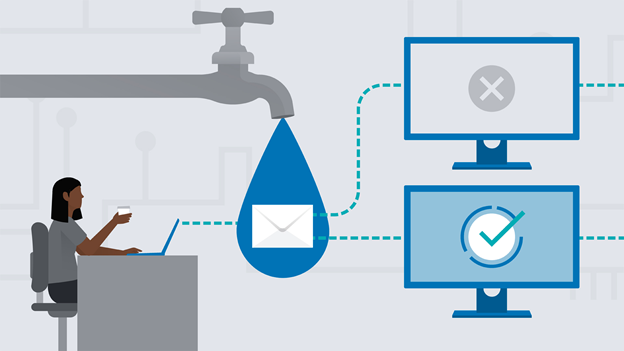
Before we jump into drip email marketing practices, let’s take a step back and review what an email drip strategy entails.
You may have heard it referred to as email marketing, drip marketing, or an automated email campaign, but they all refer to the same underlying concept:
Marketers automate the distribution of their emails to interact with potential their audience on a predefined schedule.
Combining marketing automation and email drip campaigns can result in an up to 20% increase in sales opportunities.
These emails may differ based on an individual’s recent activities – or lack thereof. If someone does not respond to an initial contact, a follow-up email is sent later to re-engage them and persuade them to take a specific action.
Any response, or lack thereof, initiates a new round of emails. These correspondences are spread out over time to sustain interaction with your audience without annoying them – hence the word “drip” in email drip marketing.
Drip campaign flowcharts can be as detailed and complex as you want, with several rounds of emails and diverging paths based on how recipients react to each email. Here’s a visual example of a drip marketing email:
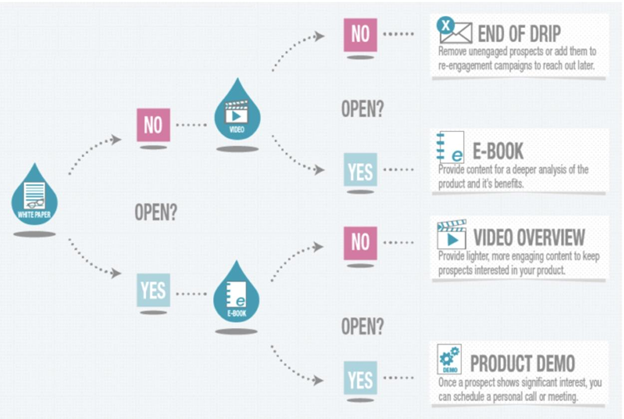
Here’s a bit more complex email drip flowchart:
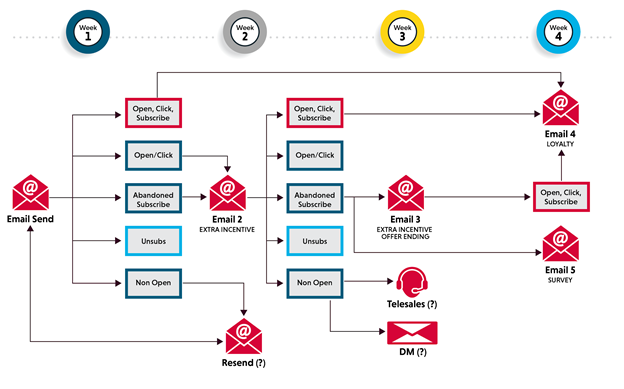
Your drip email workflow can be as complicated as you need it to be based on your objectives.
Main benefits of drip email marketing campaigns

More revenue with drip email segmentation
Drip marketing will help you attract prospects, educate leads, reward customers, and do so much with much less effort than non-drip email campaigns.
You can target the right people and times by pinpointing, segmenting, and then reaching out to various customer groups.
A segmented email drip campaign can also help to establish confidence with a target audience.
Rather than bombarding your entire email list with the same campaign, segment your subscribers into separate funnels and treat them differently — more accurately.
Since your emails are more focused and important, they feel more personalized. This can ultimately result in fewer unsubscribes and a higher conversion rate.
Less effort for more engagement with automated drip campaigns
Drip email campaigns can generate more revenue than other email campaigns because it increases engagement.
Drip emails are more relevant to the recipient, so they can increase click rates, which is significant because drip campaigns need less effort than many others.
First, by proactively sending relevant content to targeted prospects, you minimize a lot of the legwork required to pique their interest.
Since they’re already interested, you’re basically shortening the sales cycle by pushing leads through the funnel more quickly.
A great drip email campaign also filters out unresponsive customers, saving time and energy when attempting to reach them.
Second, since drip emails are automated, they do not require your constant attention. While monitoring and testing are still needed (more on this later), marketing team members do not need to devote much time to developing and sending emails.
Continuous interaction to stay on top of mind with drip emails
An email marketing drip campaign will act as an ongoing dialogue between you and your subscribers, enabling you to expand on details from previous emails.
This not only keeps your brand on top of your audience’s mind but also leads to the creation of a trusting relationship.
Maintaining daily communication demonstrates to recipients that you follow through with your promises to always deliver more.
Examples of email drip campaigns for growing your business
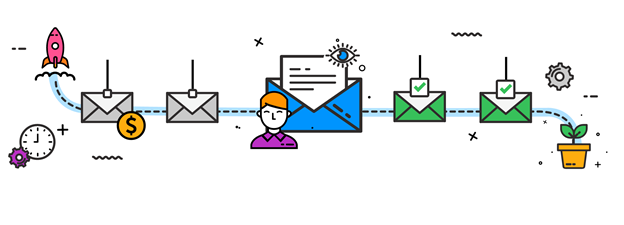
Consider your campaign’s objective when determining which form of drip campaign to use. Drip campaigns can be used to achieve a variety of results, ranging from customer retention to lead nurturing.
Examine each of the examples below to see which ones correspond to what you’re attempting to achieve with your business.
Lead nurturing campaigns
While you understand the value that your business can deliver, your prospects may need some persuasion or may not be ready to make an immediate purchase after learning about you. In reality, when you first engage with a prospect, most of them are not ready to buy.
They may need some time or more information to understand why your company is a good match for them.
When new prospects sign up for your email list, you can start an email drip campaign to nurture or influence them before they’re ready to buy.
When developing an email drip strategy for lead nurturing, plan out the flow on how to better demonstrate to leads how your company can assist them.
For instance, the first email in the campaign might include valuable and educational material, the second is a great review from one of your best clients, and the third email is a special discount code.
This way, drip email strategies will help these relationships progress from leads to customers.
Welcome new subscribers
Drip email marketing is a great way to connect with your email contacts, particularly new ones.
In reality, email subscribers who receive a welcome note after joining an email list tend to have a higher long-term engagement with the brand.
But what makes drip campaigns for welcoming new contacts so effective? Because when a new contact joins your email list, it’s critical that your company responds quickly, thanking them and “showing them around.”
These emails may include introducing to your staff and business hours, educational content about your company, and even a “welcome” discount code off their first purchase.
When it comes to engaging with these new subscribers, there is a brief window of opportunity to start the process.
But don’t be concerned. By automating the welcoming process, you ensure that you never miss an opportunity to get these new relationships off to a good start. Here’s an example from White Flower Farmer:
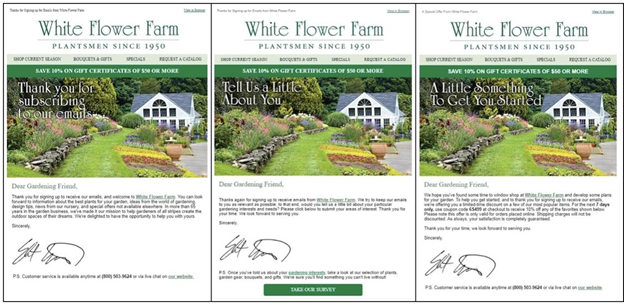
-
Welcome email #1: A “Thank you for subscribing” email
-
Welcome email #2: A “Tell us about yourself” email
-
Welcome email #3: An “A little something to get you started” sale email
Read more: 11 Welcome Email Templates That Always Win Your Customers
Welcome new customers
After a customer has placed their first order, establish a relationship with them through a series of onboarding emails.
The last thing you want is for a customer to make a one-time purchase and then never return.
They will remain engaged while your company remains top-of-mind by sending a series of emails to welcome and thank them for their order, provide them with valuable tips on making the most of their new purchase, and keeping them updated on upcoming sales or events.
But why build and send an entire drip campaign instead of just a “thank you for your purchase” email?
This is due to the fact that retailers who send a series of welcome emails generate 13% more sales than those who send only one.
Furthermore, the average open rate for automated drip welcome emails is a whopping 50%, making it the ideal opportunity to open lines of communication and keep your customers engaged.
Engagement
Email drip campaigns are an excellent way to reach out to and retain the best customers. By staying actively engaged with the customers who spend the most money at your company, buy from you the most frequently, or actively interact with your marketing campaigns, you can strengthen your relationship with them much further.
For example, you can automatically start a drip campaign when a customer spends more than a certain amount during their time.
Give them a special reward for being a “VIP” customer, keep them up to date on new product launches, and give them first access to new product releases.
Customer Education
Another way to keep your audience engaged with your email drip campaigns is to provide them with relevant, actionable, and original material.
Many brands achieve this through educational content, such as online courses or workshops.
This strategy elevates the company’s credibility and establishes you as an industry expert.
Here’s an example of the first in a series of automated emails promoting a multi-session course:

Once the audience signs up for the first session, they will be brought into the drip campaign that makes sure they’ll receive information for the rest of the sessions and stay engaged.
Abandoned cart
Abandoned cart emails are one of the most well-known and widely used email drip marketing tactics for eCommerce businesses.
When a customer adds items to their cart but then leaves your site without buying those items, an abandoned cart email will be sent to remind them of finishing the purchase.
According to Shopify, 60 to 80 percent of online shopping carts are abandoned before the customer completes a purchase.
This means that your eCommerce business could be losing two-thirds of its potential profits.
Abandoned cart emails remind, even nudge, the customers to return to their cart and complete the deal. Here are two emails from an abandoned cart email drip campaign as examples:
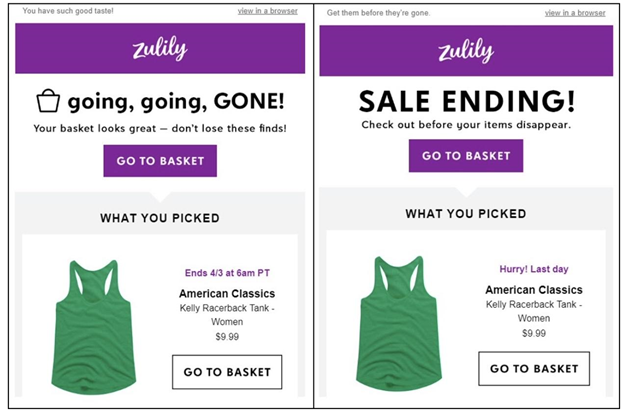
The first email tells the reader of what they were looking for before abandoning their cart. Displaying an actual picture of the object will leave a lasting impression and remind them of why they desired it in the first place.
The second email instills a feeling of immediacy. “Get them before they are gone” and “Hurry! Last day” are two words that can compel a customer to make a purchase.
Read more:
Re-engagement
Re-engagement email drip marketing strategies target contacts that have been inactive for a while, which means they no longer open your emails or buy from you.
After a period of inactivity from these contacts, the re-engagement drip campaign will be activated to evoke an action from them.
See below for the drip campaign Dollar Shave Club put on a customer after not opening their emails for a while:
-
Re-engagement email #1: A “We want you back” sale email
-
Re-engagement email #2: A “We’ve made the program better for you” email
-
Re-engagement email #3: A “We think you’ll like these changes” email
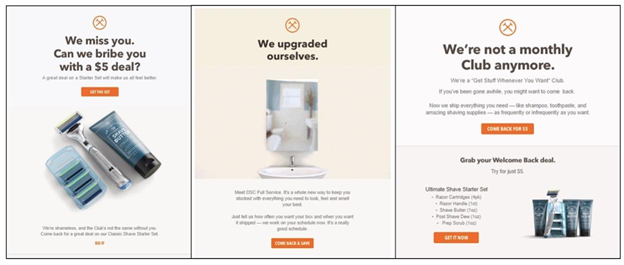
As you can see, these emails promise software updates, exclusive “come back” sales, and reminders of why the customer first ordered from them.
Since you’ll never know why a customer left your brand until you inquire, these are all excellent ways to encourage them to come back.
If your contacts do not re-engage with your offers, it might be time to delete them from your list.
You want high-quality contacts on your email list who want to hear from and interact with you.
Clean up your list of inactive contacts, and you’ll see an improvement in your email marketing success numbers.
Event series
Drip email marketing for events can be used for both pre-event and post-event contact. A drip campaign promoting an event could be used to create your attendee list and get contacts to register for your event.
For example, this campaign’s first email is a “Save the Date.” The second email is an invitation, and the third is a final reminder.

When a contact from this drip campaign signs up, they will be removed from the list and placed in a separate email drip campaign track for event registrants.
This initiative will provide registrants with arrival time reminders, menu details and get them excited about the event.
Cross-sell and up-sell products
The likelihood of selling to a potential prospect is just 5 – 20%, while companies have a 60 – 70% chance of successfully selling to an existing customer.
This is why creating an email drip strategy to cross-sell and up-sell to your current customers is a great idea.
When a consumer makes their first purchase, you can set up a trigger to enroll them in a drip campaign that provides complimentary items or an upgrade to their current one.
Make sure these emails are informative and clarify the advantages of adding or updating items.
This sort of drip campaign gives the organization the ability to turn current customers into more successful customers.
Read more: How To Write Cross-sell Emails That Customers Cannot Resist
Product recommendation
Another effective way to sell to your current customers is to make product suggestions based on past transactions.
These emails are hyper-relevant and provide only goods and services that make the most sense to each individual customer. They are triggered to begin when a customer makes a purchase.
Despite the fact that the emails are automated, your contacts will feel as if they were designed and personalized specifically for them.
An example of a recommendation drip campaign can be found in the email below:
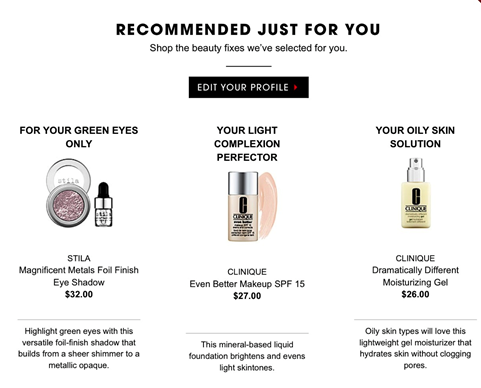
Best apps for drip email marketing
AVADA Email & SMS Marketing
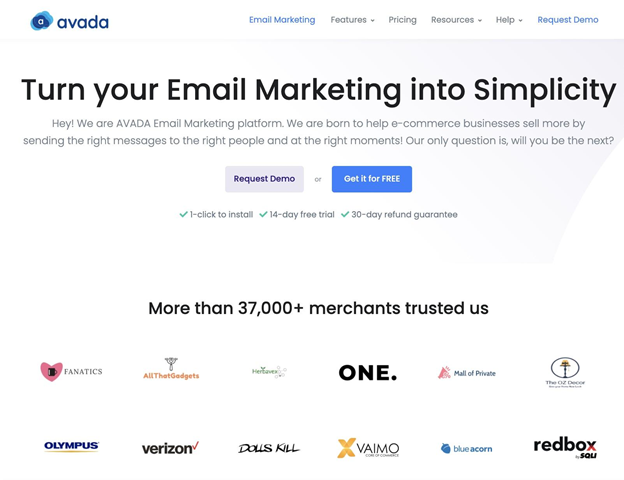
Drip email software allows you to send relevant emails to particular groups of people. AVADA Email & SMS Marketing’s automation builder allows you to segment your list, automate your email workflow, and even include SMS messages that correspond to your drip emails.
Built with drip email marketing in mind, this app is one of the best tools for small and medium-sized businesses thanks to its user-friendliness and affordability.
Paid plans start at only $9/month for unlimited emails and 1,000 contacts. There’s also a forever-free plan that you can use to try out the app before making any financial commitments.

Aweber
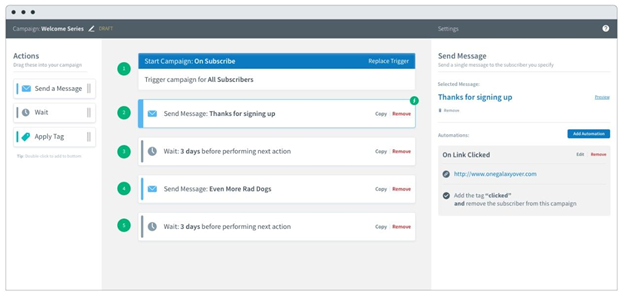
AWeber has been a familiar name in the field of email marketing for many years, and they have a great tool for drip email marketing.
This tool is more suitable for larger businesses with a spare budget to pay for an advanced drip email marketing tool.
AWeber provides drip campaign features in its free plan for you to test. The campaign builder will help you create a drip email series based on time.
You can add emails, time delays, and tags here (which can be used to trigger events such as moving a subscriber from one sequence to another).
If you like visual emails but find it difficult to brand them, use the Smart Designer, which will pull colors and photos from your website URL to produce visually appealing emails. AWeber Pricing start at $16.15/month.
Kajabi
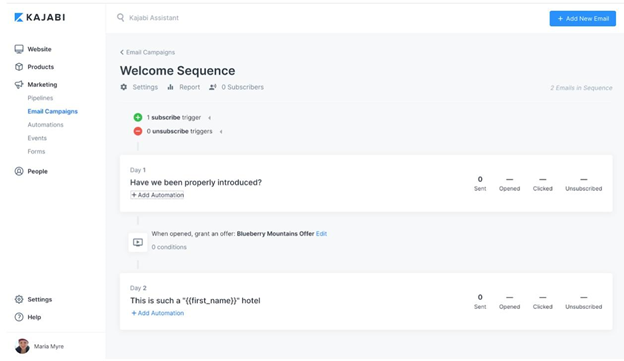
Kajabi is specifically designed for companies that rely on revenue sources from courses and memberships.
As you develop your course offering, you’ll notice that each lesson has a fast button that allows you to activate new drip sequences, allowing you to do things like submitting congratulations to users who have finished their materials.
This helps you configure your course and membership users’ entire experience without moving from one device app to another.
When you get into drip marketing, you’ll create emails in the Email Campaigns tab, where you can configure the content and time-based dripping.
After you’ve configured your emails, you can move on to the Automations section, where you can create mini rules (such as every time someone submits a certain form, they receive a corresponding tag).
You can also use pipelines to see how multiple email sequences are linked together visually. Paid plans start at $149/month.
Final words
That’s it! I hope this article has provided you with valuable information about drip email marketing. Please feel free to leave comments below for a further discussion on this topic!
New Posts






